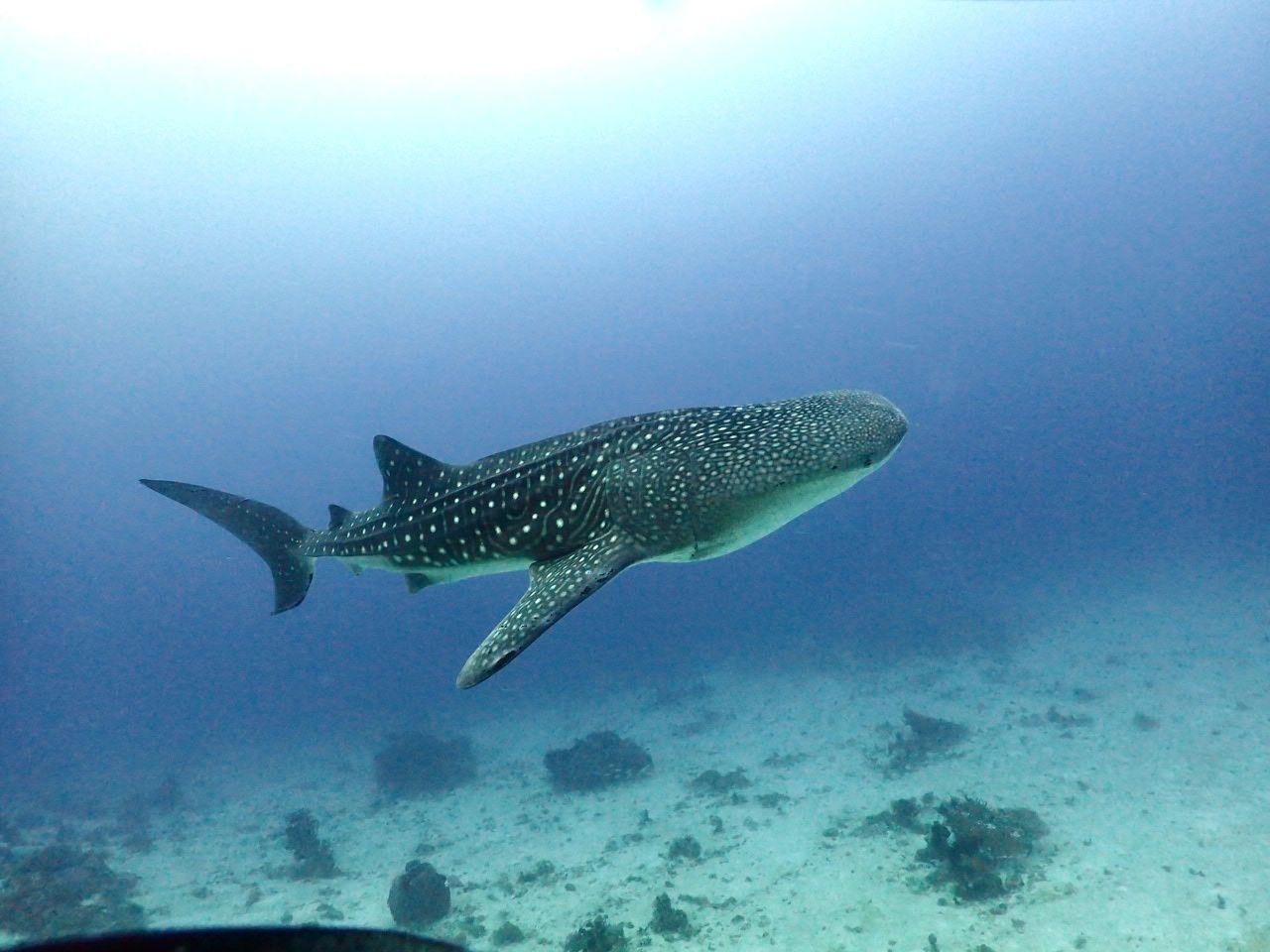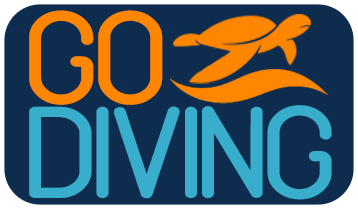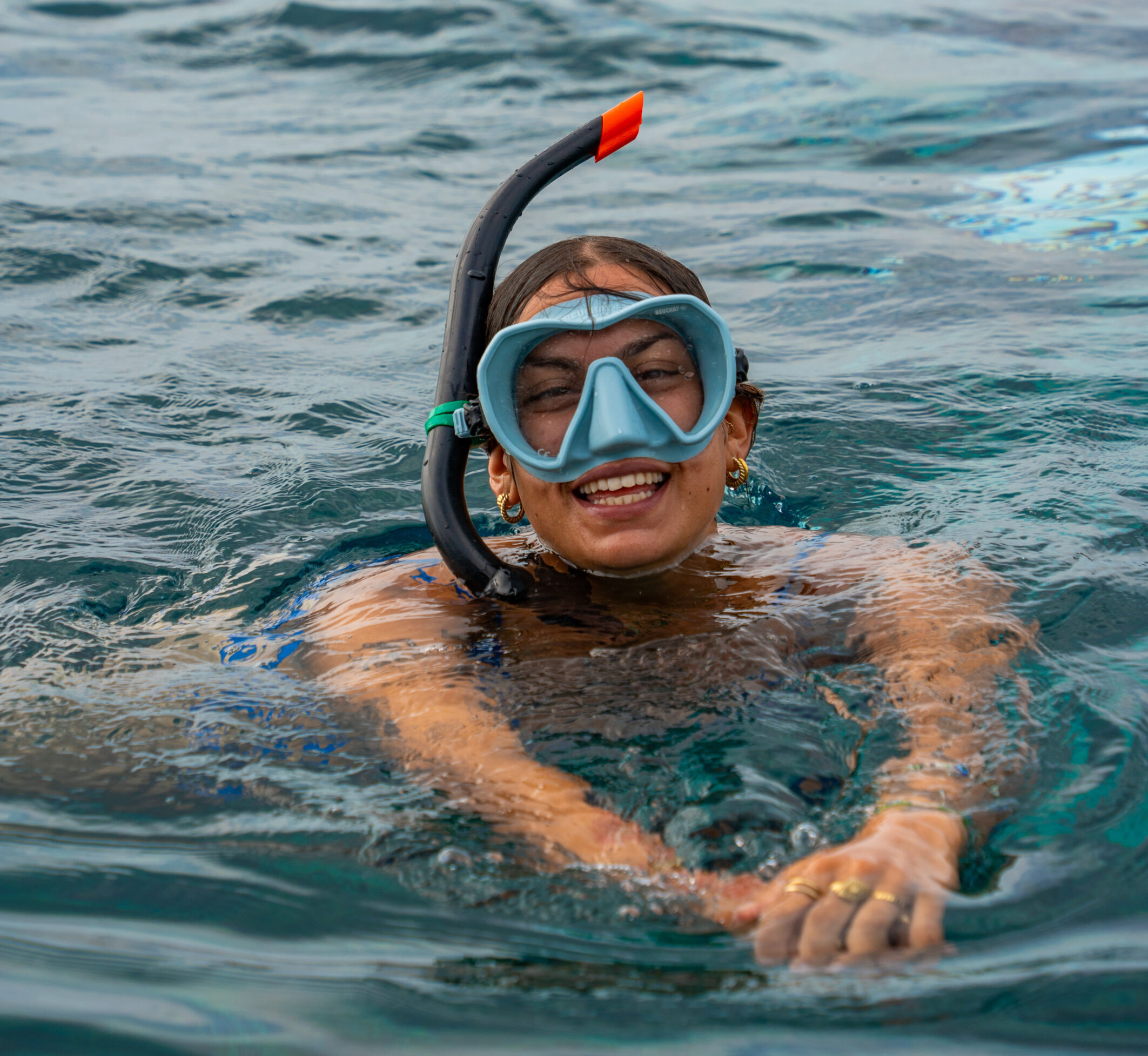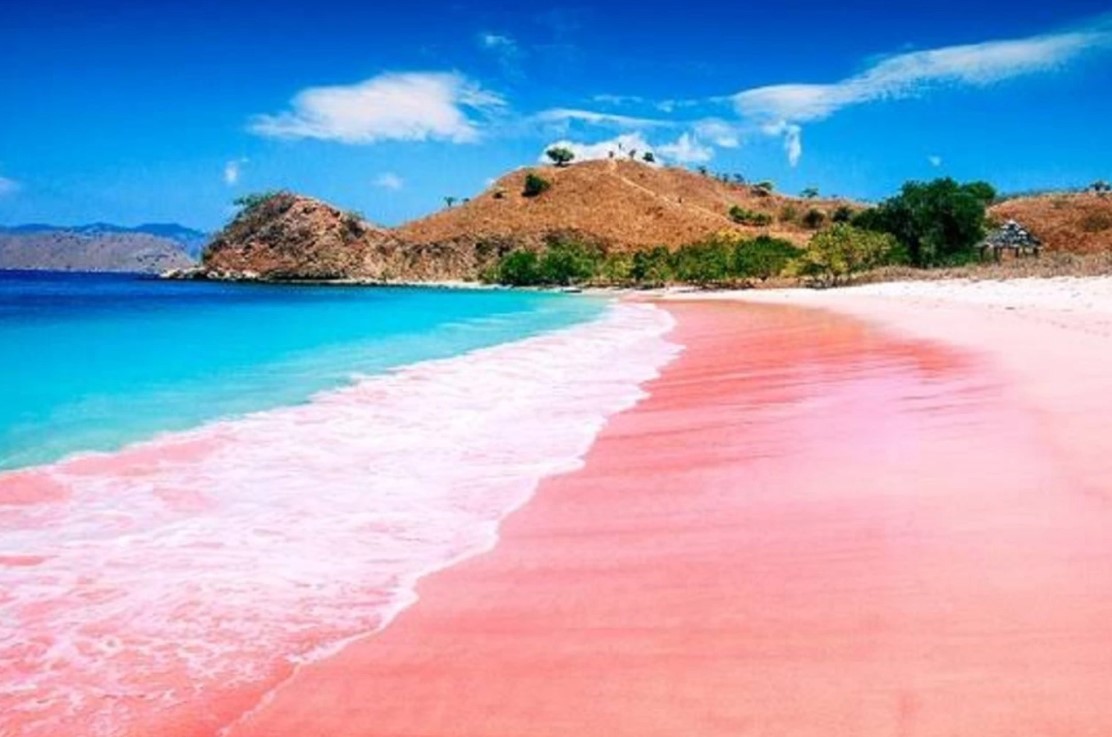How to Swim with Whale Sharks in Bohol
– the ethical way
So, you’re in Bohol and dreaming of swimming next to the world’s biggest fish: the magnificent whale shark. We get it. There’s something truly magical about locking eyes with a gentle giant gliding past you and there are lots of tours to Oslob that guarantee whale shark sightings. But before you jump in, there’s something important you need to know: not all whale shark encounters are created equal.

The Dark Side of Whale Shark Tourism
Let’s talk about the elephant (or rather, the whale shark) in the room: feeding.
Some tour operators in southern Bohol (and nearby Oslob, Cebu) hand-feed whale sharks to make sure they stick around for tourists. Sounds harmless, right? Unfortunately, it’s not.
When whale sharks are fed, they lose their natural feeding patterns and start associating boats with food. They stop migrating properly, which affects their reproduction and long-term survival.
Even worse, when they get used to being fed at the surface, they tend to hang around near boats more than they naturally would. That means they’re much more likely to get hit by propellers and sadly, many sharks in these areas have been spotted with deep propeller scars across their backs and fins.
In short: feeding whale sharks turns wild animals into zoo attractions and puts them in danger. And that’s not what real ocean lovers want.
Where (and How) to Do It Right
If you want to see whale sharks in Bohol the right way, your best bet is to look for ethical and eco-certified dive centers that do non-feeding, natural encounters.
The truth is: whale shark sightings around Bohol are rare, seasonal and not guaranteed, but that’s exactly how you know it’s real. Whale shark sightings can occur around Bohol, especially during the peak migration season from November to May around Balicasag and Pamilican Island.
Here’s what responsible operators will do:
- They never feed or bait the animals.
- They follow strict distance rules (usually 3–4 meters).
- They limit the number of people in the water.
- They brief you properly on whale shark behavior and conservation.
- They support local research or conservation projects.

Rules for Responsible Whale Shark Encounters
If you’re lucky enough to meet one of these gentle giants, here’s how to make sure you don’t cause harm:
- Keep your distance — at least 3 meters from the head, 4 from the tail.
- No touching, ever. Their skin is sensitive, and you can transfer bacteria.
- Don’t block their path. Let them swim freely — you’re in their home.
- No flash photography. You wouldn’t like strobe lights in your face either.
- Use reef-safe sunscreen or skip it altogether.
- Stay calm and floaty. Splashing or chasing stresses them out.
Why It Matters
Whale sharks are endangered. Every respectful encounter helps shift tourism away from exploitation and toward genuine eco-tourism. When travelers choose ethical operators, it sends a clear message: we want to protect wildlife, not turn it into a circus.
The Takeaway
If a dive shop promises you a “guaranteed whale shark encounter,” that’s your red flag. Real, wild experiences can’t be scheduled and that’s what makes them so special.
So next time you’re in Bohol, skip the feeding frenzy and keep it wild. You’ll leave the water knowing you were part of something real, a fleeting moment with one of the ocean’s most majestic creatures, exactly as nature intended.






